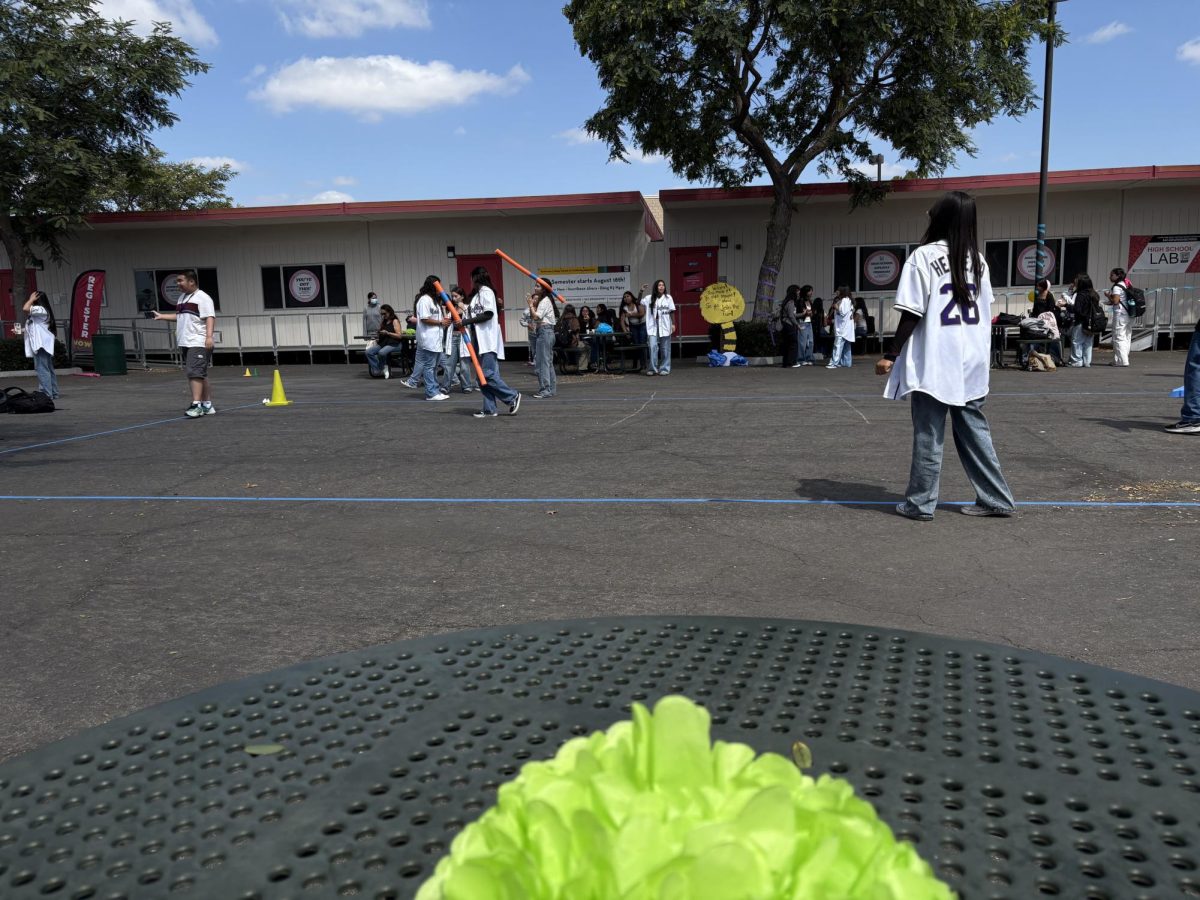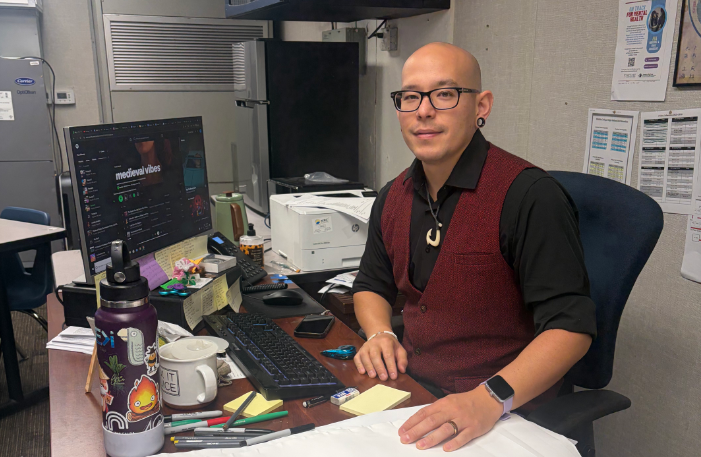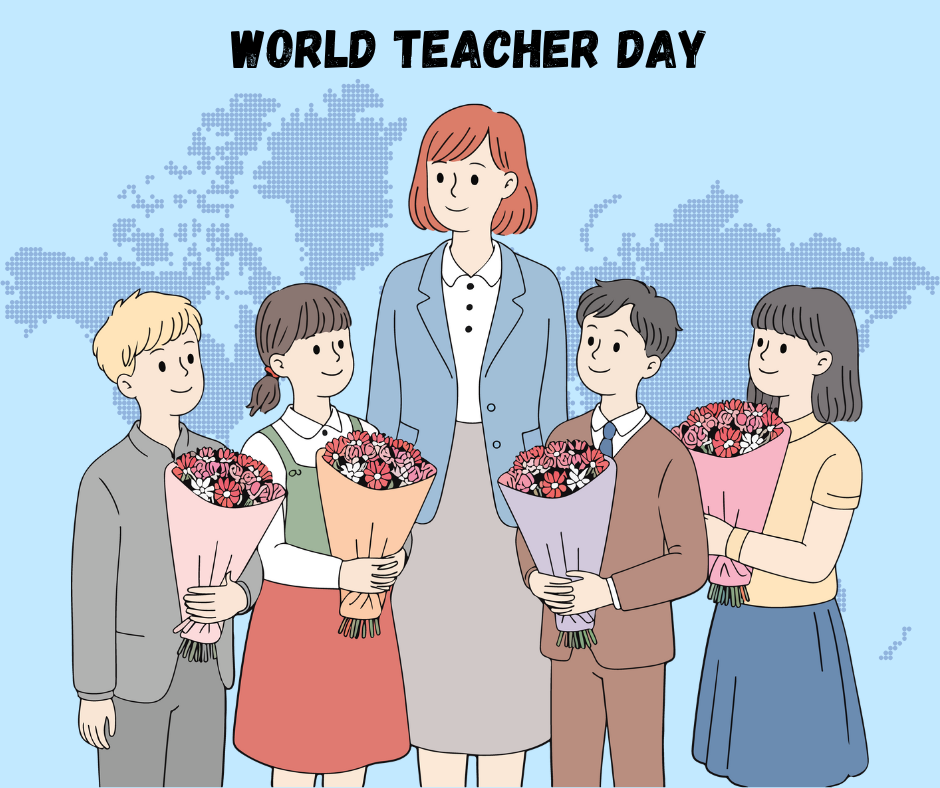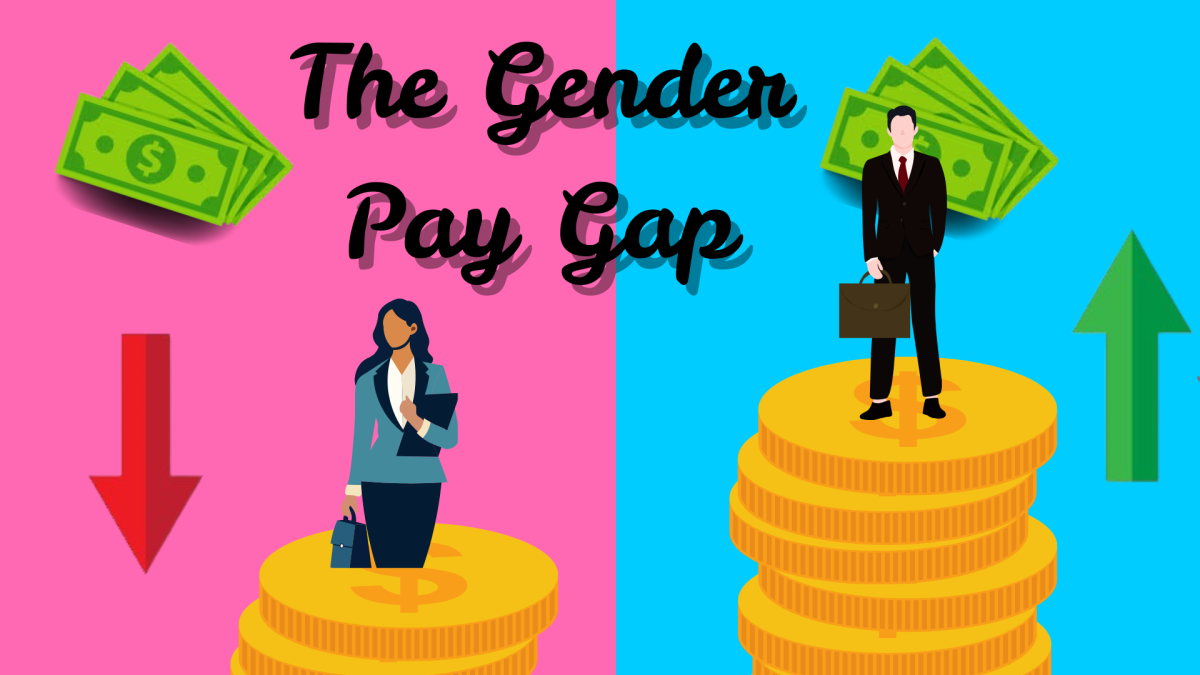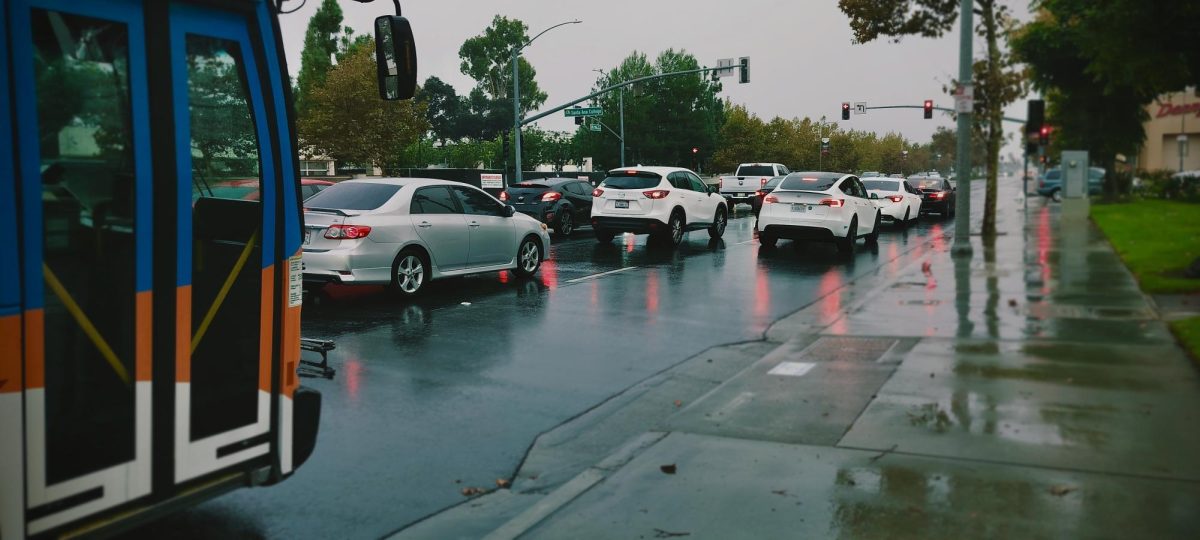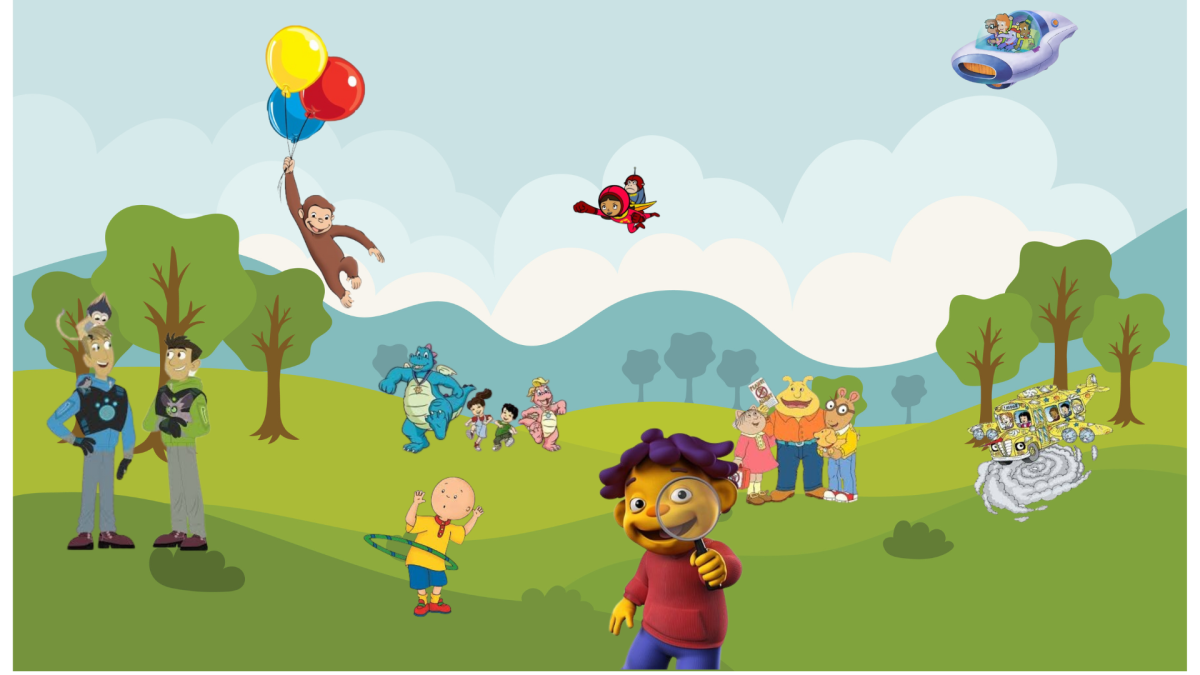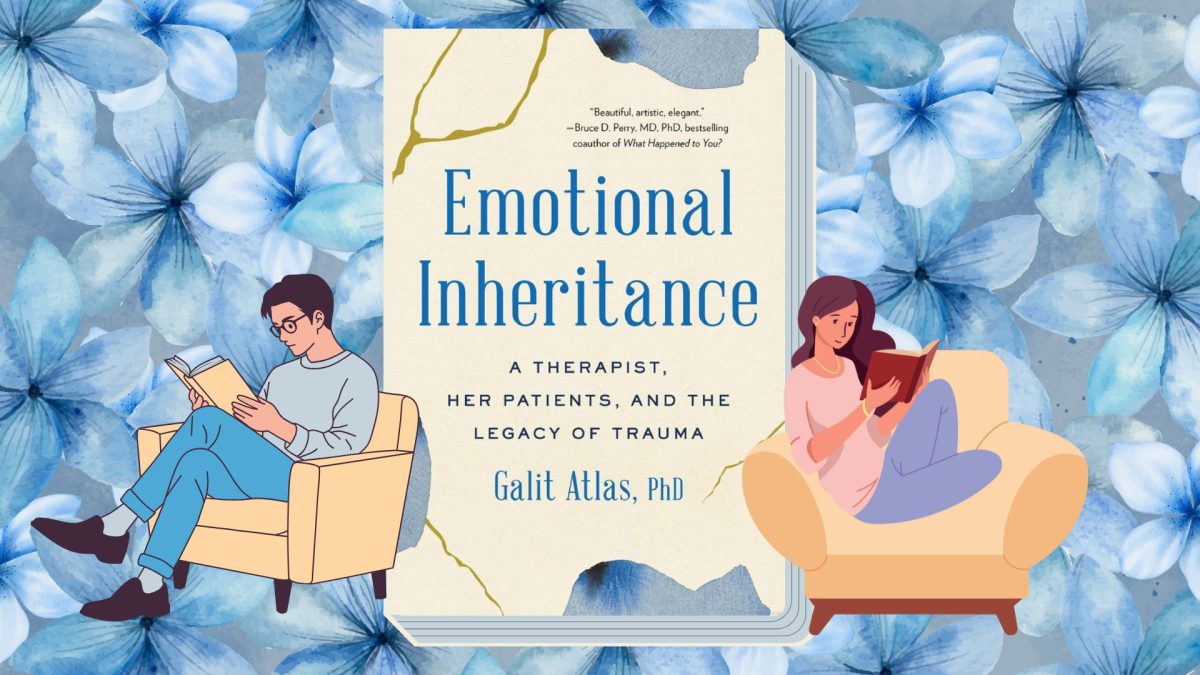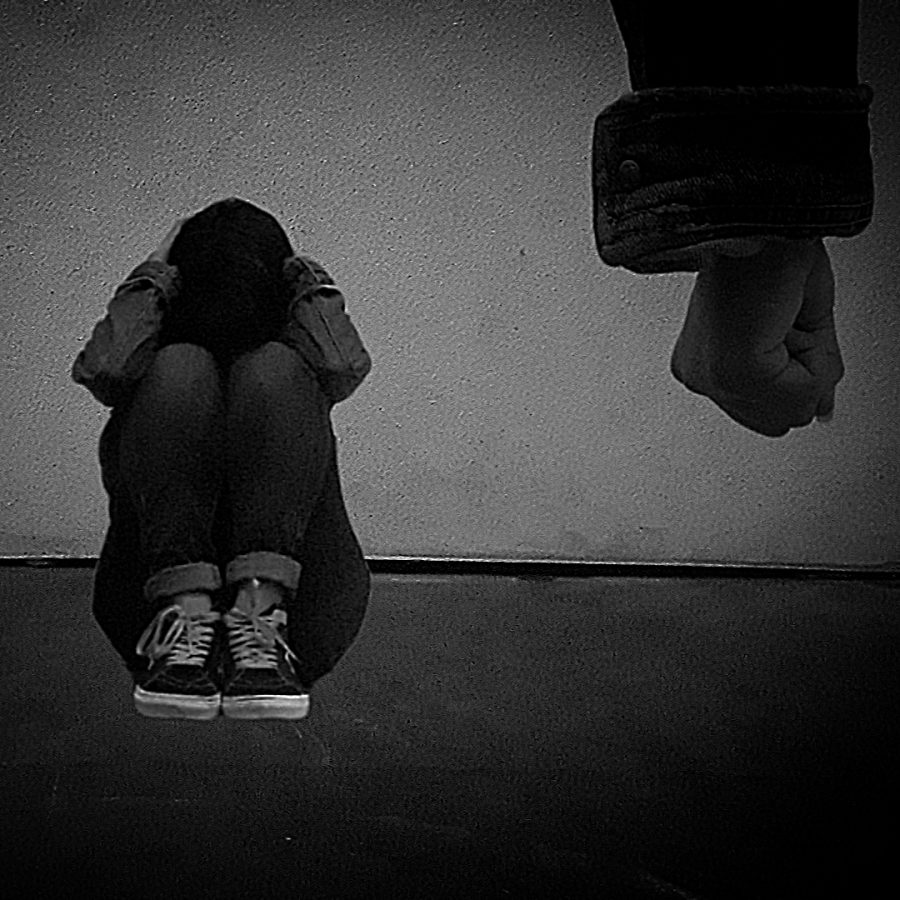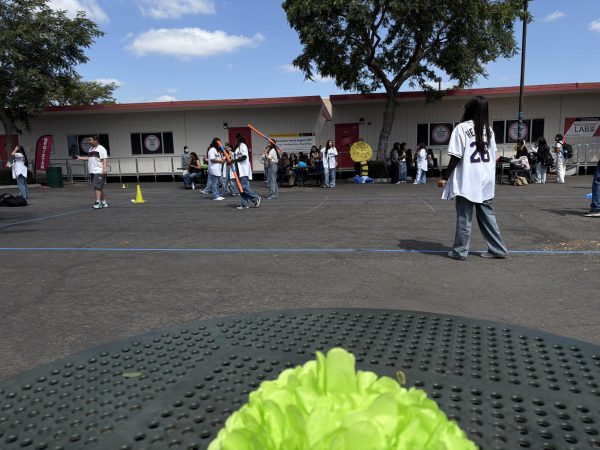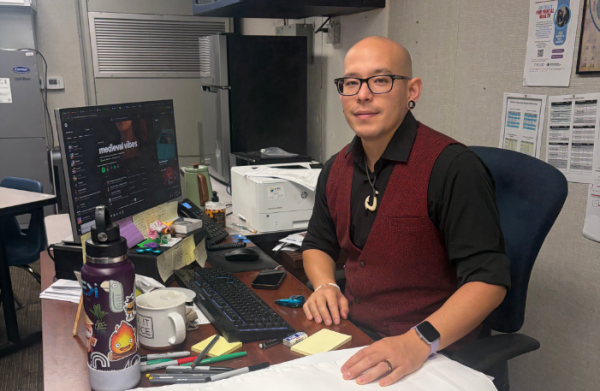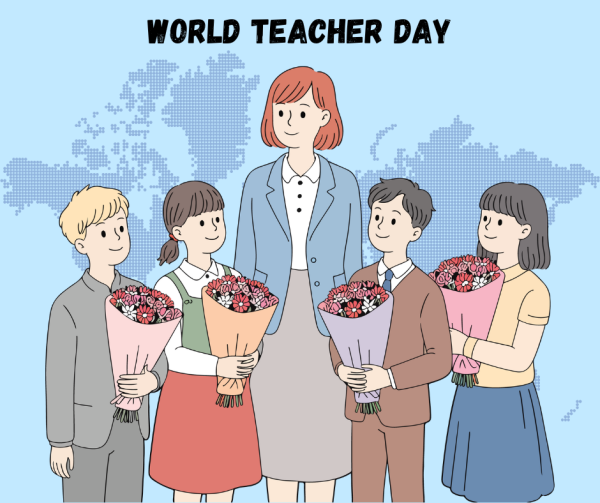Abuse that happens at home can happen to anyone
It can happen to anyone.
Sometimes home is the most dangerous place to be.
In Santa Ana, the rate of domestic violence calls is higher than any of the other largest cities in California. And these are just the cases that have been reported.
According to Professor Pedroza, Associate Professor of Psychology at Santa Ana College, M.S., “Domestic Violence is being in a situation where it’s cohabitation between partners, family, individuals, and either in a form of psychological or physical abuse occurs causing harm to one or more individuals.”
In other words, it’s violence and abuse at home usually involving both partners and in some cases children. And because everyone is different, the signs and symptoms resulting from this varies.
“I think the long term effects can be extremely dramatic for some because they develop a sense of helplessness so they feel like there’s nothing they can do to get out of that. And sometimes if they are successful getting out of it, then they enter another relationship that has the same patterns and kind of repeat the patterns over and over again, which is not what they want, but they find that their self-esteem and inner self-images have been damaged, so they think that’s the best they can do; this is what reality is really like,” Pedroza said.
But for children specifically, they are the most vulnerable knowing that they can’t protect themselves. They are the ones that get affected the most and we can see that through their behavior and thoughts.
“Lack of confidence, fear of asking questions…Complete destruction of their self-esteem in some cases. It’s hard enough developing as an individual in gaining one’s sense of identity, but to be faced under those circumstances where whatever you do, you’re walking on eggshells or you feel like you’re going to get punished, or other people will get punished because of your actions or any actions,” Pedroza said.
The most difficult part about domestic violence is the fact that when you know or suspect someone is going through this, you want to reach out to them, but you just don’t know what to do because you might end up making the situation worse.
“It’s tough because some people wear masks, and it’s really hard to get a good sense of what they’re hiding. You know they’ll just put on a happy face. And all of this stuff that’s part of us, we don’t want to share because if we start sharing then we might feel overwhelmed or feel like people are going to think I’m off and messed up,” Pedroza said.
Another sign to look out for is self-harm.
“So there might be individuals that are into cutting and so why would you want to do that? Why would you want to harm yourself? Self harm it figures, well people who cut themselves often will say ‘Yeah I know this is a bad thing and it hurts me but I have total control of this. I can decide how much I want to cut, where to stop. And when I start to bleed, it’s a release of all that pent up energy, all that negativity. As opposed to someone else abusing me, I have no control over that. I don’t know when it’s going to happen, when it’s going to end, how long is it going to happen, and so forth. Whereas this, this is me. I have total control of that.’ And they feel out of control,” said Pedroza.
Someone who is out of control might also be going through this.
“Why are you making all these poor decisions? If you get to the root of it, it’s because I don’t have any self-worth, self-value. Where did you get that message from? ‘I’ve always had it.’ Well, who told you that? And then we get to the root. ‘I’ve heard it early on from a number of people over the years or the same person over the years,’” said Pedroza about conversations he’s had with his clients.
Getting in a destructive relationship is also something to keep an eye out for.
“Sometimes people get in relationships who resemble maybe a parent who was abusive and they try to fix the person…But now you’re in a relationship and the abuse is all over again. So it’s like repeating history,” said Pedroza.
If the victim doesn’t get help then they can transform into the “bully.”
“They may themselves become abusers in relationships as a way of regaining control…Substance abuse is also another problem that may result….Sometimes complete lack of relationships,” said Pedroza.
It’s possible for abusers to change, and it will take time.
“And that’s because people took their time to come and invest in themselves…This is an investment in their mental health and they got their money’s worth and they felt better , and they relieve themselves of all that baggage they were carrying and it made them lighter …Not everybody goes out to try to fix it because of the stigma of what it’s like to go for mental health treatment” said Pedroza.
If you are interested in helping someone out this is what Pedroza recommends:
“I would say not only encouragement but supply them with information… Now they have to make that decision to go see the clinician or move to the shelter.”
Students here at MCHS can go to the Wellness Center, in B-11, and talk to Mrs. Quinonez for more information about available resources. Resources she recommends are Human Options, Laura’s House, and the National Hotline.
Human Options offers a 24/7 hotline, emergency shelters for families, counseling, children’s programs, transitional housing, case managers, and legal clinics.
Laura’s House serves the whole family and provides a 24/7 hotline, emergency shelters, children program, counseling, legal services, transitional housing.
Now the National Hotline is available 24/7 and you can chat live with someone to get help. And the good thing about this is that if you’re scared of getting caught by the abuser then just click on the red X, circled in purple, in the bottom right corner and it’ll direct you to google as if you weren’t doing anything.
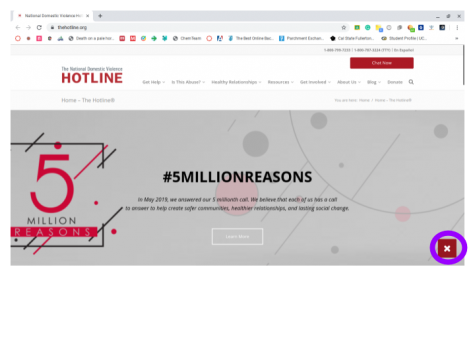
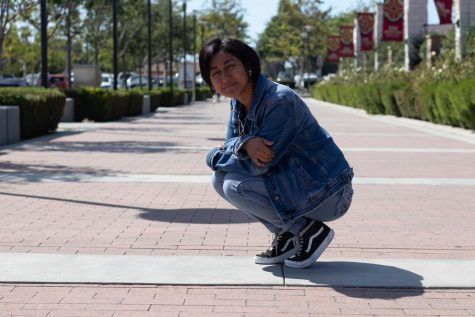
Fun Facts:
I'm really blind.
I love Erik Le <3.
I love drinking coffee.


